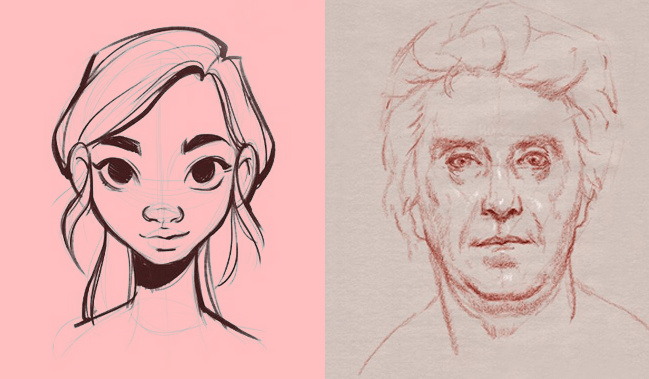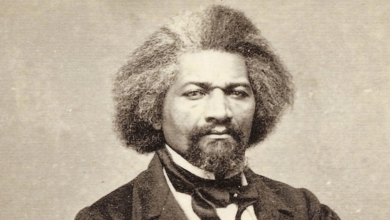Easy:0qgw9xgls_U= Face Drawing

The art of Easy:0qgw9xgls_U= Face Drawing presents a unique opportunity for both novice and experienced artists to refine their skills in capturing human expression. By mastering the foundational aspects of facial proportions and employing basic geometric shapes, one can establish a framework upon which to build more complex features and emotions. As we explore the nuances of detail, such as texture and light, the potential for creating dynamic representations becomes evident. However, understanding how to effectively practice these techniques is essential to unlocking one’s artistic potential. What strategies can be employed to enhance this learning process?
Understanding Facial Proportions
Understanding facial proportions is essential for achieving realistic and harmonious face drawings.
Observing facial symmetry allows artists to balance features, while mastering drawing angles enhances the three-dimensional quality of the face.
Basic Shapes for Face Structure
To effectively capture the essence of a face, artists often begin by simplifying the structure into basic geometric shapes.
Circle shapes form the cranium, while oval forms define the jawline. Triangular angles create the nose, and square outlines help establish the placement of the chin and forehead.
This foundational approach allows for a fluid and dynamic expression, inviting creativity and freedom in the drawing process.
Read Also The Thermic Effect of Food
Adding Details and Features
As the foundational shapes take form, the next step in face drawing involves intricately adding details and features that breathe life into the composition.
Capture the essence of the subject through varied facial expressions, conveying emotion and personality.
Additionally, consider the hair texture—whether flowing, curly, or straight—to enhance the overall character.
These elements transform a simple sketch into a vibrant portrayal of humanity.
Tips for Practicing Face Drawing
Building upon the intricacies of adding details and features, honing your skills in face drawing requires dedicated practice and exploration.
Embrace various drawing techniques to capture the subtleties of expressive emotions. Experiment with angles and light to create depth, and study the human form to enhance your understanding.
Allow your creativity to flow, transforming each sketch into a vivid representation of individuality.
Conclusion
Mastering Easy:0qgw9xgls_U= Face Drawing transforms the canvas into a vibrant tapestry of human expression. Through the meticulous study of proportions, the strategic use of geometric shapes, and the infusion of intricate details, a lifeless sketch can blossom into a breathtaking portrait that seems to breathe with emotion. With dedicated practice, the artist’s hand can wield the power to capture the essence of humanity, creating artworks that resonate like a symphony of visual storytelling, echoing through the hearts of viewers.





